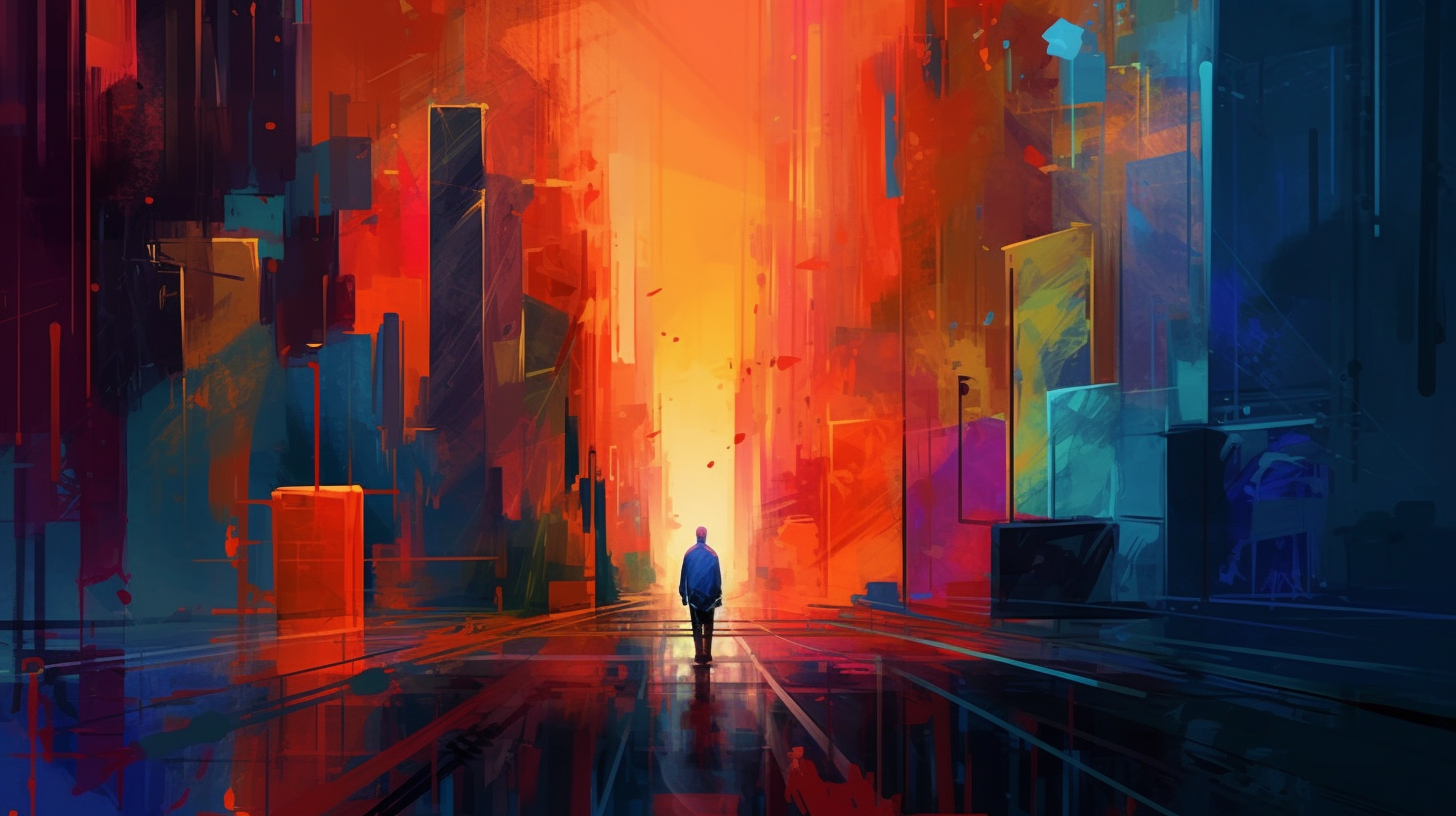Generative AI: The now, and the future
Generative AI can seem exciting and unsettling in equal measure, and we’re just getting started when it comes to its potential for content.
Every day we hear more about the power of this technology, which takes instructions and creates new content: images, videos, code or audio. It’s part of the low-code/no-code future – easy to use and available to many.
As well as standalone tools like Dall-E 2, Midjourney and Stable Diffusion, multiple others are springing up.
At Formative Content we’re already incorporating these tools into our work flow and we’ve started experimenting as well, using a working group to test and feedback on the applications and how they can help us.
The potential is huge: aiding innovation, underpinning creativity and even broadening our range of output.
“I see an amazing opportunity and big shift in how we create content as this tech evolves,” says Alex Martin, our Head of Visuals. “It is impossible not to feel a touch anxious about AI capabilities and what they could mean, but once you experiment and speak the AI language, you immediately realise the staggering potential.”
Conversational AI and Chatbots
Chatbots are the buzzword for 2023, with Microsoft-backed ChatGPT – a free service that can generate an answer to almost any question – reaching 100 million users in just two months.
“AI will fundamentally change every software category, starting with the largest category of all – search,” Microsoft Chairman and CEO Satya Nadella said as the company started using AI in its search engine, Bing,
Tech rivals have rushed out their responses, with Google’s demonstration of its product, Bard, revealing some inaccuracies that prompted the shares of Google’s parent company, Alphabet, to drop around 9%.
Artificial intelligence to add vibrancy
So while there’s still a way to go, we’re already thinking about what this might mean for Formative.
“We’ve started working in two week ‘AI sprints’ to test new tools, compare against previous workflows and practice using this tech in a responsible way,” Alex Martin says. “Already we’re discovering incredible opportunities by going back and forth with AI on ideation, and also saving time by infusing these tools into some of our more tedious everyday admin tasks.”
Stock imagery is a key example.
We all know those images of laughing perfect people in a meeting, or that man with the beard on his iPhone or his iPad. These images are ubiquitous, and can be over-used on corporate marketing sites as they are non-copyright images, easy to access and cheap to use.
But, let’s face it, they’re dull, boring and sanitised. Imagine if you could simply and easily create vectors, images and designs that reflect the ‘mood’ of your article, your post or your presentation? That’s what Generative AI will allow you to do and Shutterstock has already introduced the technology to its platform.
Another potential use case is ‘mock-ups’ to show ideas or concepts at an early stage. It can be a challenge to easily explain to clients or colleagues what we “have in mind” with an idea for a visual image or video.
Immediate use cases
With some creative thinking, and an understanding of the tools available, the output you can create is unlimited. By typing in simple instructions based on a concept, we can use AI to create some vector-style images to work from. This is a learning process, and these are just simple first experiments – imagine what we can do as this technology becomes more embedded into our ongoing design work?
And needless to say, in a world dominated by video, it’s not just still images that will ultimately be on offer. Generative AI video is coming down the track, fast.
Facebook is an early mover in the AI video space – in September it launched Make-A-Video. Whilst still at experimentation phase, it takes a text prompt and uses that to generate a simple short video; other suppliers like Runway are already in the space and offering solutions.
The opportunities – and issues – are immense
The issues are legion, and fall into some obvious categories. They include issues with copyright and image manipulation. To train AI you need input material, and in this instance it’s often images that already exist. But what about the originators of content that is manipulated? Not everyone is happy, as you can read in this piece from CNN.
Then there is violence, nudity and aggression issues, as well as the growing issue of misinformation and ‘fakery’ for a cause. The genie is out of the box, but is current legislation enough to deal with the obvious problems? The boss of Stable Diffusion believes a libertarian approach, devoid of corporate oversight, is the right one to deliver the most opportunity from the tech.
But alongside the concerns, there is such opportunity and excitement around this tech, which is already being used by artists, designers and creators worldwide.
To see daily AI-created imagery, I recommend you follow Jon Porter on LinkedIn. For a list of more than a hundred AI creators, here’s a link to Jon’s list.
If you want to read more about the issues thrown up by Generative AI, and an interview with the boss of Stability Diffusion, read this article from the New York Times.
Thanks to Mark Schaefer and those on the $RISE Discord community for help, info and inspiration for this post!
READ MORE
The metaverse is opening up a new world for B2B content. Here’s what you need to know
Why it pays to invest in innovative design for B2B content
About the author: Gay Flashman is the CEO and founder of Formative Content. Connect with her on LinkedIn here.
This article was first published on 10th October 2022 and has since been updated.

Related Articles

AI won’t destroy SEO – but it will massively change the game
“The reports of my death are greatly exaggerated,” Mark Twain is said to have told a newspaper reporter.

Where creativity and technology meet: a designer’s view on artificial intelligence
My favourite things usually exist where creativity and cutting edge technology meet.

What does the launch of Twitter-alternative Threads mean for B2B marketers?
Threads, a Meta-owned alternative to Twitter, is set to launch on Thursday.

Protecting your brand in the age of generative AI
Imagine a deep fake video supposedly of your CEO making a market-moving statement going viral on the web.



